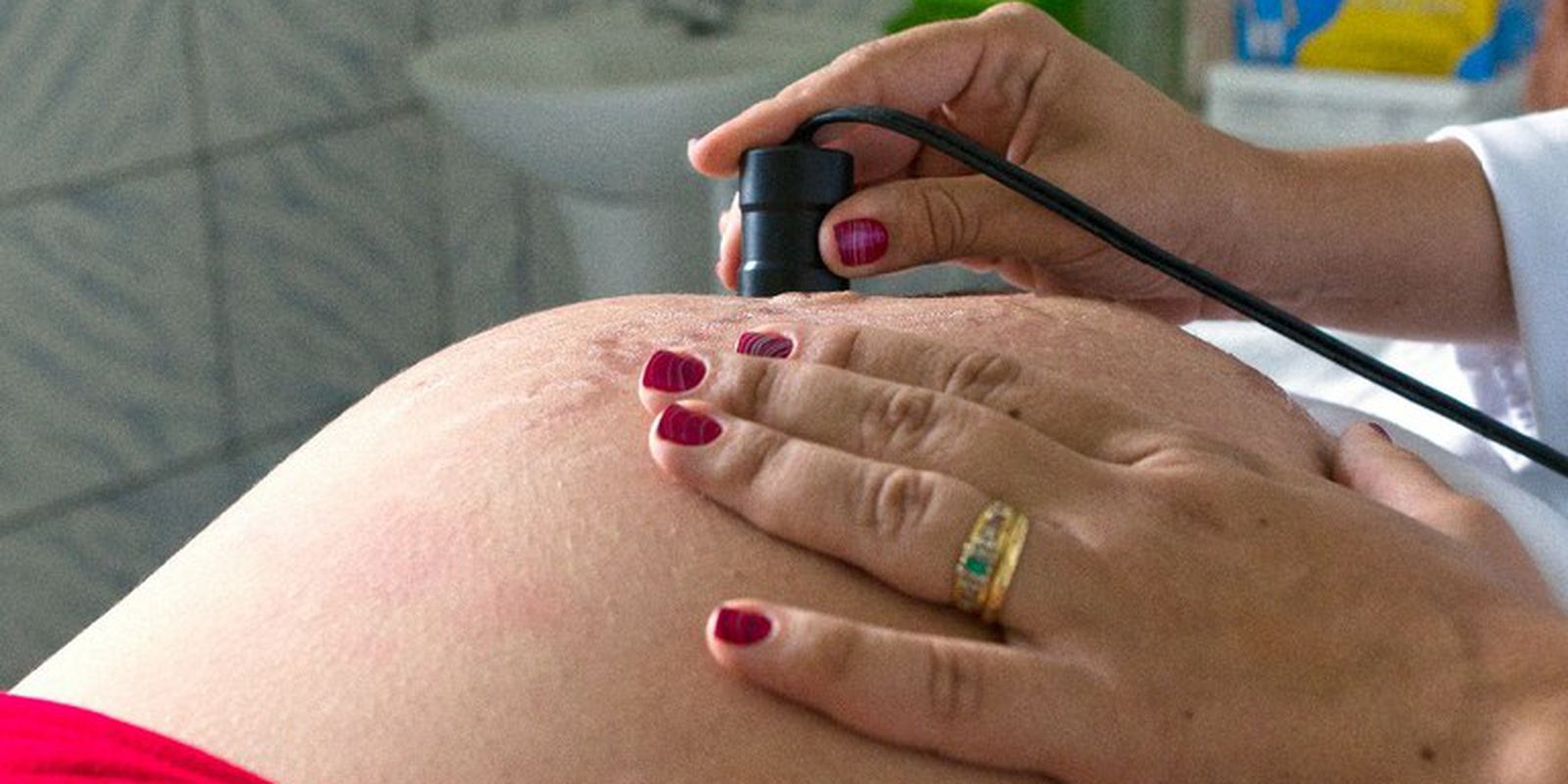One of the most special moments in a woman’s life can become a nightmare if proper care is not taken. On the eve of Mother’s Day, celebrated this Monday (15), the Brazilian Society of Diabetes (SBD) warns of gestational diabetes mellitus, which affects 18% of pregnancies in Brazil.
A temporary condition generated by changes in hormonal balance during pregnancy, gestational diabetes occurs because, in some women, the pancreas does not function properly during pregnancy. Normally, the organ produces more insulin than usual during this period to compensate for the placental hormones that reduce the substance in the blood. However, in some pregnancies, the compensation mechanism does not work, raising glucose levels.
The problem can cause complications for both mother and baby. In the short term, the disease can stimulate preterm birth and even preeclampsia. The baby can be born overweight and suffer from hypoglycemia and respiratory distress.
Gestational diabetes usually disappears after delivery, but it can leave lasting consequences. Women with the problem are more likely to progress to type 2 diabetes mellitus. Children are also more likely to develop the disease and become obese.
recommendations
The disease can affect any woman. As the symptoms are not always identifiable, the SBD recommends that all pregnant women research fasting blood glucose at the beginning of pregnancy and from the 24th week of pregnancy (beginning of the 6th month). They should also take the oral glucose tolerance test, which measures blood glucose after stimulation of glucose intake.
The main recommendations, however, are prenatal care and healthy eating. The earlier the obstetrician diagnoses the disease and starts treatment, the lower the chances of the mother and baby suffering any complications in the short and long term.
In addition to controlling blood glucose, the treatment of gestational diabetes consists of a healthier lifestyle, with physical activity and a regulated diet. Meals should be split throughout the day. Fats should give way to fruits, vegetables, legumes and whole foods. If there is no contraindication of the obstetrician, moderate physical exercises should also be part of the routine.
In most cases, these precautions do not require the application of insulin. If the glucose levels are still high, the doctor may recommend the substance. The SBD warns that type 1 or 2 diabetic women who become pregnant are not considered to have gestational diabetes because this disease only appears after the beginning of pregnancy. Women with high blood glucose levels during pregnancy should have a new glucose load test six weeks after giving birth.
Profile
Worldwide, the problem affects about 15% of pregnancies, according to the International Diabetes Federation, which represents 18 million births per year. However, the prevalence varies by region, ranging from 9.5% in Africa to 26.6% in Southeast Asia. In Brazil, it is estimated that the prevalence is 18%.
To prevent the disease, women should pay attention to risk factors: family history of diabetes mellitus; altered glucose sometime before pregnancy; excess weight before or during pregnancy; previous pregnancy with a fetus born weighing more than 4 kilos; history of unexplained miscarriage; arterial hypertension; preeclampsia or eclampsia in previous pregnancies; polycystic ovary syndrome and use of corticosteroids.









